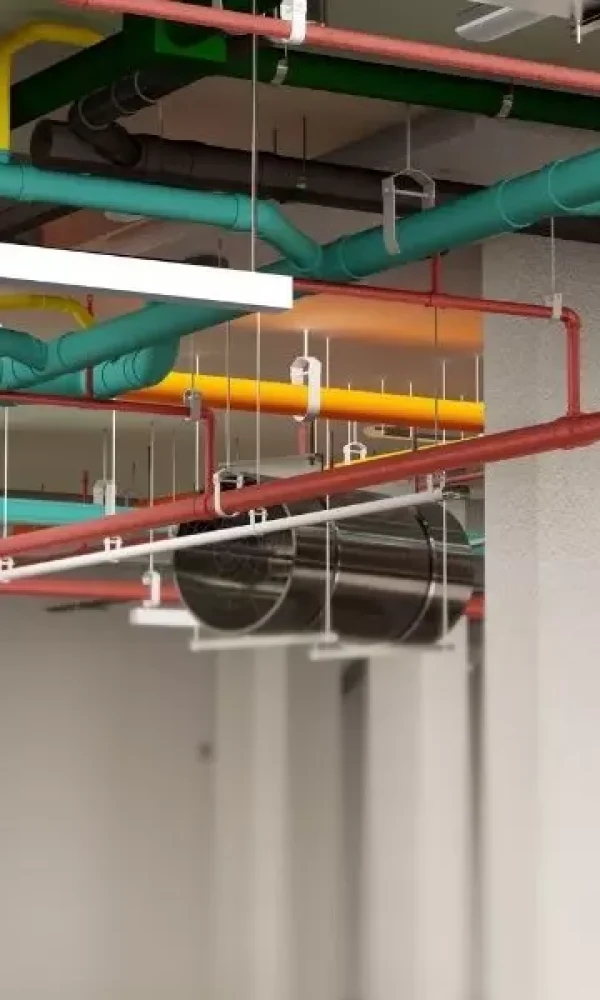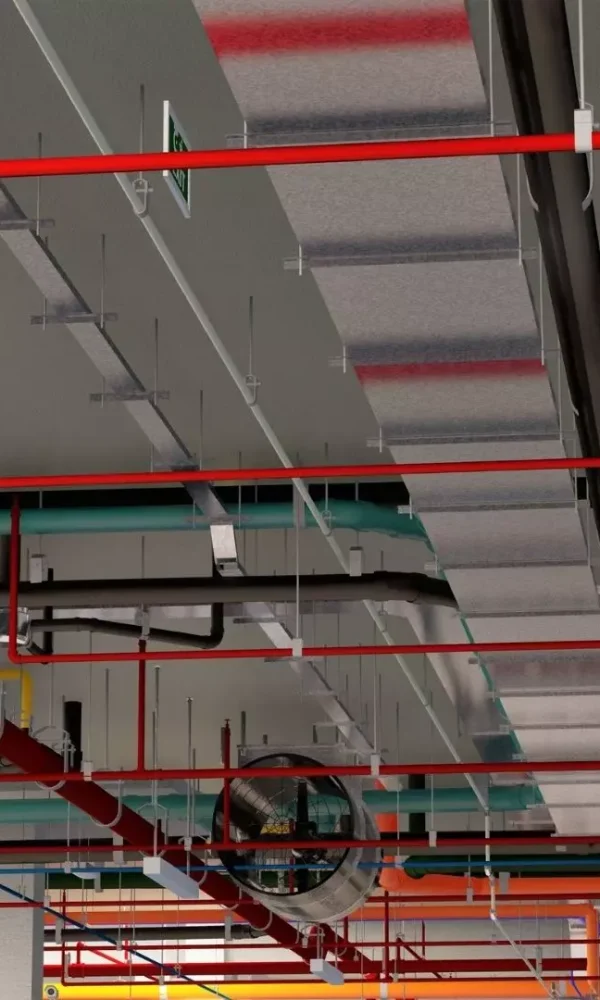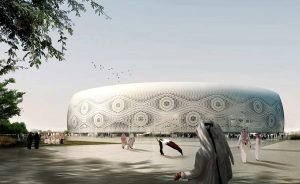Electrical BIM Services
We support Electrical Design Consultants and Electrical Contractors in delivering clash-free constructible designs using BIM.
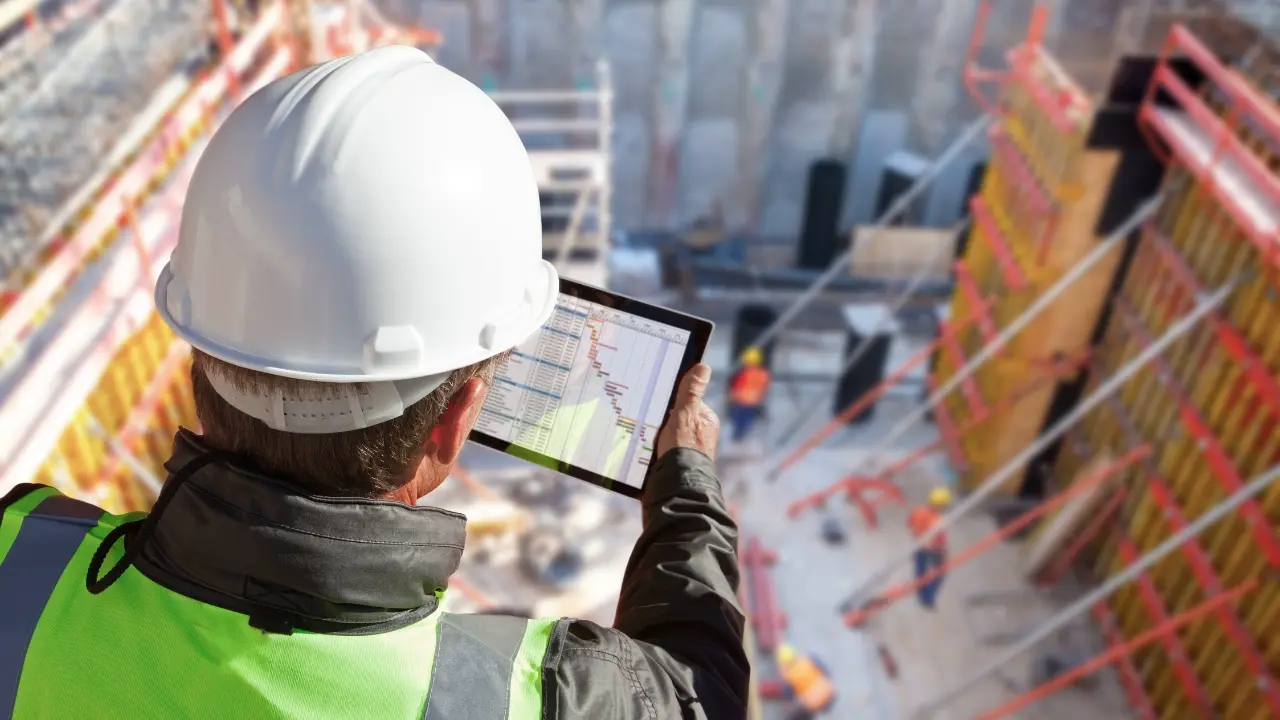
Delivering End-to-End Electrical BIM Services for Global Projects.
With our qualified professionals we offer a wide range of Electrical BIM Services. We model the Electrical Equipment, Conduits, Cable Trays, Lighting Fixtures, Communication & Data Transmission devices, Network Routing and Fire Alarm Systems etc.
The Coordination Model will be free from clashes with the other members like HVAC & Plumbing Systems, Architectural, Structural members etc. We are familiar with International Codes like International Building Code (IBC), National Electrical Code (NEC) and International Energy Conservation Code (IECC).
Commercial
Streamlined HVAC designs ensure efficiency and cost savings, tailored for commercial spaces.
Residential
Detailed HVAC layouts for homes, ensuring comfort and optimized resource usage.
Hospitality
HVAC solutions designed for enhanced guest experiences and operational ease.
Multipurpose
Versatile HVAC designs adaptable for mixed-use buildings, maintaining seamless integration.
What we do.
We provide the following comprehensive Electrical BIM Services tailored to specific requirements of our clients.
2D to 3D
Convertion
We support Electrical Design Consultants and Electrical Contractors in the conversion of their 2D Design Drawings to an intelligent 3D Model.
Constructability Reviews
We identify the potential clashes, Accessibility or Clearance Issues, Input Inconsistencies and Missing Information. The same is notified to the client as RFI’s.
Electrical Shop
& Fabrication Drawings
We develop accurate Shop Drawings for Contractors and the Fabrication Drawings for the Fabricators from the Clash Free Model developed.
Electrical
Quantity Takeoff
We support Electrical Consultants in generating Tender BOQ for Bid Purpose and support contractor in delivering Quantities for Procurement and Project Cost Calculation.
Our LOD Capabilities
Experience BIMEX Engineers’ expertise in delivering precise Electrical BIM models at various stages, ensuring accuracy, Level of Detail (LOD) and Level of Information (LOI) at every stage of development, from concept to construction.
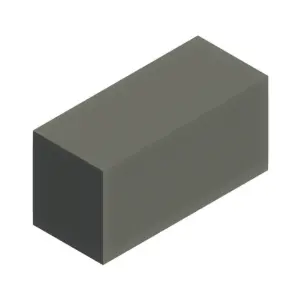
LOD 100
RIBA Stage 1
(Concept Design)
- Model: Basic
- Shape: Rectangular or Round
- Location: As per Design
- Orientation: N/A
- Purpose: Design Analysis
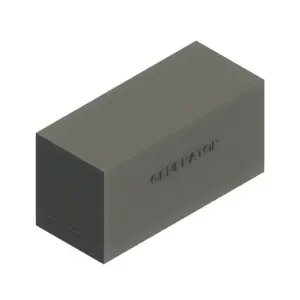
LOD 200
RIBA Stage 2
(Schematic Design)
- Model: Generic System
- Shape: Rectangular or Round
- Location: As per Design
- Orientation: N/A
- Purpose: Design Analysis, Quantity Take-off
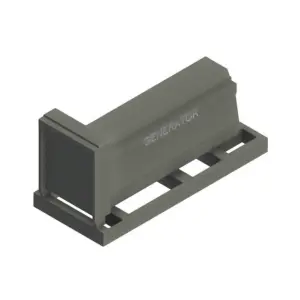
LOD 300
RIBA Stage 3
(Design Development)
- Model: Generic System
- Shape: Precise geometry
- Location: As per Design
- Orientation: As Per Coordination
- Purpose: Design Analysis, Quantity Take-off, Clash Detection
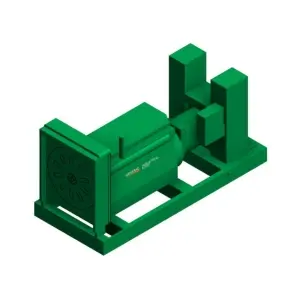
LOD 350
RIBA Stage 4
(Construction Documentation)
- Model: Generic System
- Shape: Precise geometry
- Location: As per Design
- Orientation: As Per Coordination
- Purpose: Design Analysis, Quantity Take-off, Clash Detection
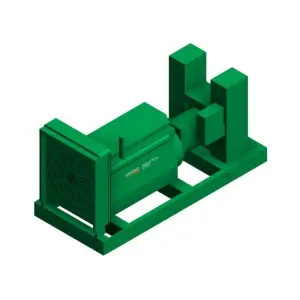
LOD 400
(Construction)
- Model: Generic System
- Shape: Actual geometry
- Location: As per Design
- Orientation: As Per Coordination
- Purpose: Design Analysis, Quantity Take-off, Clash Detection, Shop Drawing
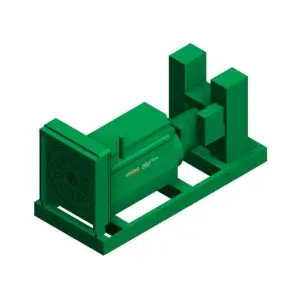
LOD 500
- Model: Generic System
- Shape: Actual geometry
- Location: As per Site
- Orientation: As Per Site
- Purpose: Operations & Maintenance, Renovations
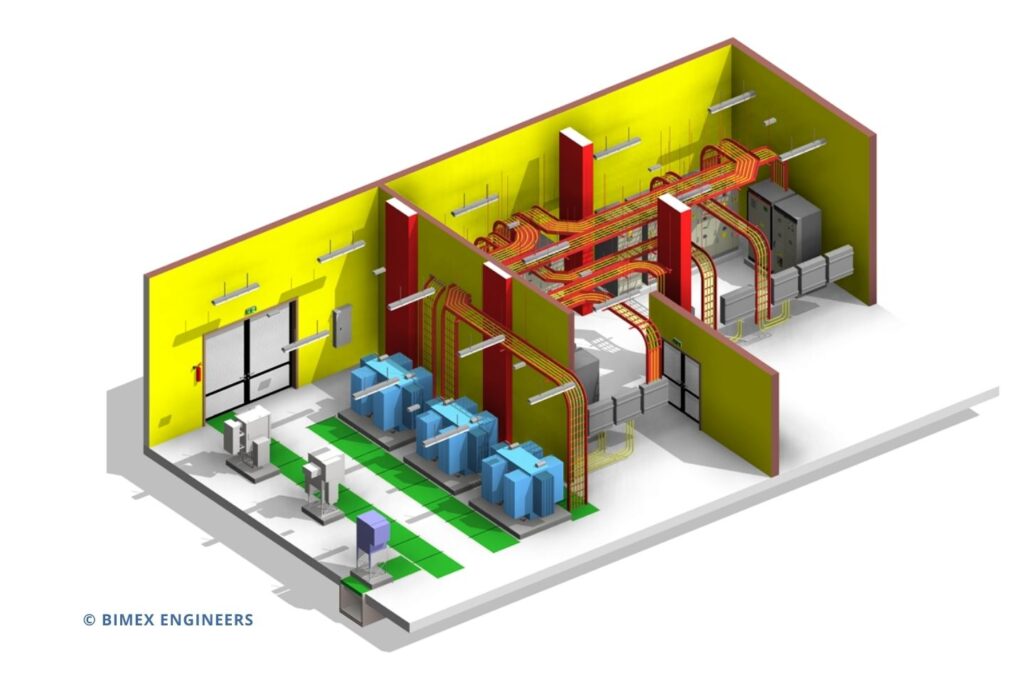
Turnkey BIM Solution
for Consultants & Contractors
We provide turnkey solutions to Electrical Design Consultants and Electrical Contractors in developing 3D Models from PDF, AutoCAD or Point Cloud input. All the 3D models developed are aligned with the Project BIM Standards and Design Specification mandated for the project.
The Electrical Models developed are coordinated with the Architecture, Structure, Mechanical, Fire Protection and Plumbing models to identify any potential clashes or accessibility issues. The issues identified are raised as RFI’s to produce a clash free model before the extraction of drawings.
Benefits of BIM for MEP Engineers
Check out our blog on how the use of BIM benefits MEP Engineers — from improved coordination to reduced rework on site. Explore real-world advantages and insights that every MEP professional should know.
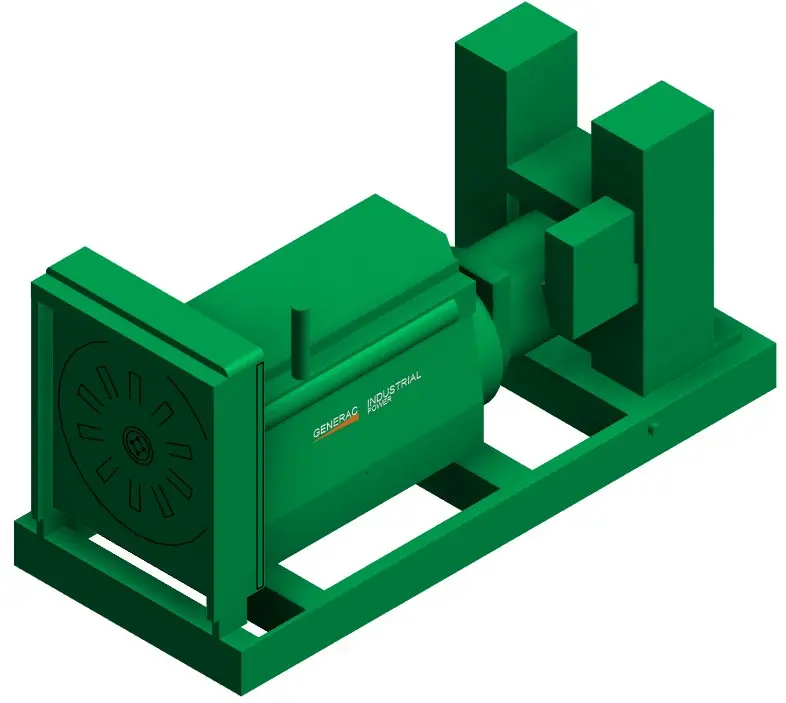
Example
LOD 500 Model
Let us consider a example of a Generator model as per LOD 500 specifications used for facilities management and operations.
- As-built dimensions and exact location verified on site.
- Manufacturer details including model number, capacity, and serial number.
- Maintenance data including service intervals and checklist.
- Connection details: electrical wiring, fuel lines, and exhaust routes
- Access clearance zones for maintenance and safety
- Operational data like load capacity, voltage, and runtime tracking
- Integration with O&M manual and warranty documentation
- Barcode/QR code integration for asset tagging and FM system linking
Our Electrical BIM
Services
With our fully-fledged BIM Model, we can easily the required construction documents like Lighting & Power Wiring Layout, Panel Schedules and Material Lists.
Our Electrical BIM Services includes:
- Preparation of Lighting & Power Circuit Drawings.
- Preparation of Electrical Panel Schedules
- Modeling of Power, Data & Communication Systems
- Modeling of Cable Trays and Conduits as per the given layout
- Electrical Revit Family Creation based on Equipment Cut-Sheets.
- BOQ of Electrical Fixtures & Equipment
- Electrical Room Modeling
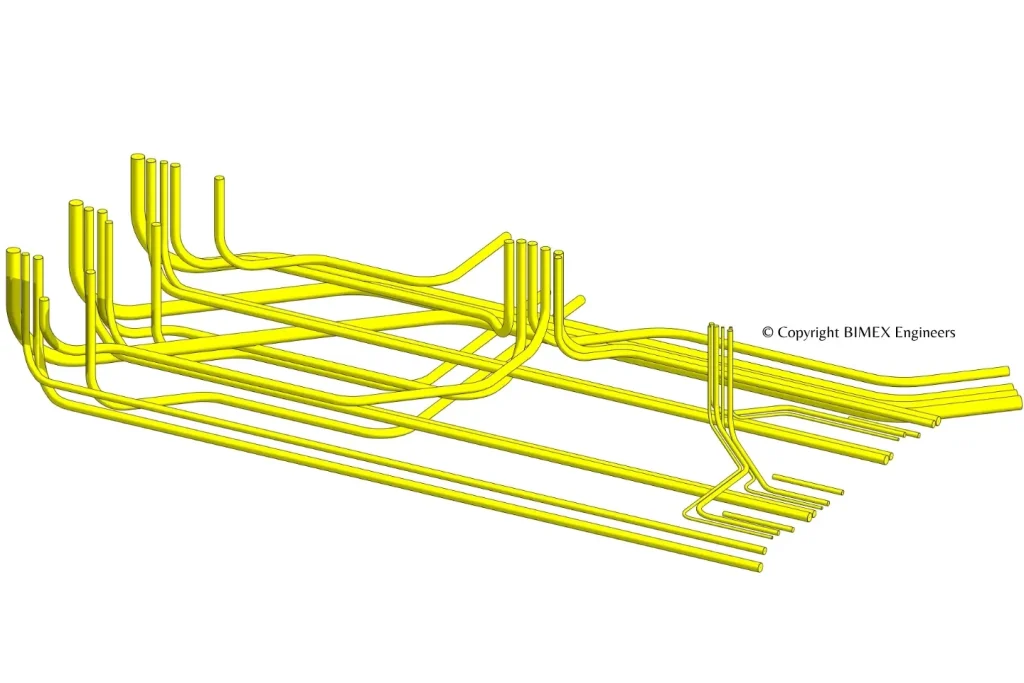
Modeling of Electrical
Lighting Systems
With the use of BIM, we are placing an intelligent 3D Lighting Objects model with all the data integrated. A lighting scheme developed in BIM has the capability to deliver the performance data even without the use of third-party software’s like Dialux. The integration of lighting calculation into BIM enables the client to visualize the Candela requirements per room or per floor.
The Electrical Light fixture modelling with the necessary data like name, size, type, and photometric data can be used to perform Lighting and Energy analysis. With the ability to develop photorealistic renderings from the 3D model, the lighting designers can identify lighting pollution and analyse whether the lighting requirements for the project are satisfied based on the project requirements and building codes.
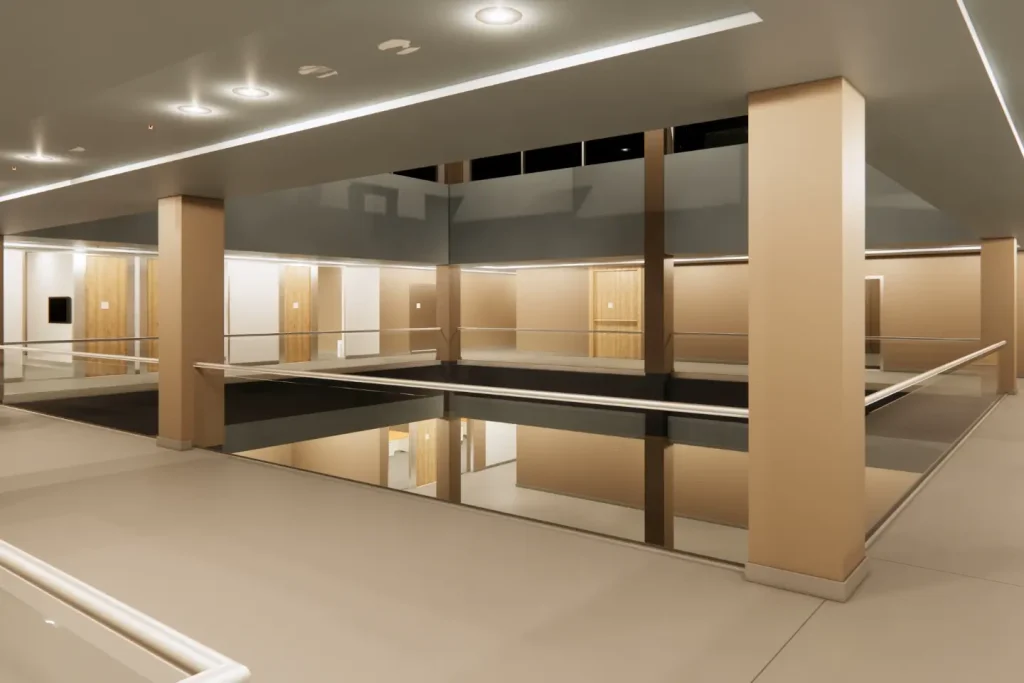
By performing daylight analysis using BIM, the designers can understand the natural light availability of a particular space. With the ability to measure the daylight, designers can make better design decisions, such as the selection of lighting fixtures (dimmable fixtures, ballasts, etc.) and the use of specific lighting control systems to supplement the daylight.
Electrical Circuting & Panel Board Schedules
In the traditional method of CAD Drafting, Electrical Panel Board Schedules have to be calculated manually or with the support of third-party software. Even with the use of third-party software, the data has to be gathered and input after reviewing the individual Electrical Drawings.
With the advancement of BIM, every piece of data is object-oriented, and the schedules can be easily generated from the model itself.
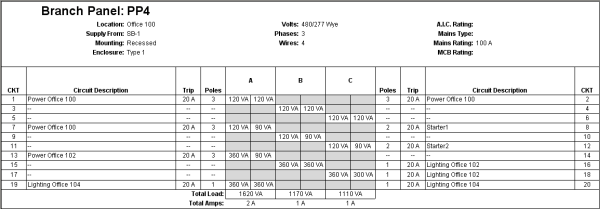
Why Use BIM
for Electrical Trades
Using electrical BIM services, contractors can develop coordinated 3D models of lighting, power systems, feeders, cable trays, conduits, duct banks, and equipment like transformers and generators.
These models enable offsite prefabrication, minimize material and labor waste, and improve overall project efficiency by saving time and installation costs.
Enhances Project Coordination
Ensures seamless collaboration between teams, reducing errors and miscommunication.
Supports Electrical Prefabrication
Facilitates efficient prefabrication of electrical components, saving time and material costs.
Identifies Field Issues Early
Proactively detects potential issues on-site, avoiding costly rework.
Accelerates Project Completion
Streamlines scheduling and execution, enabling faster project delivery.
